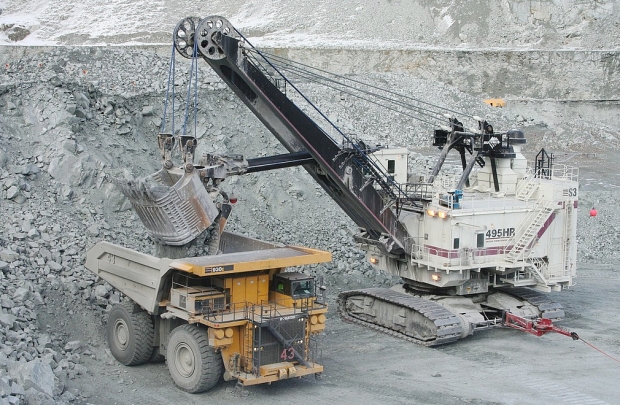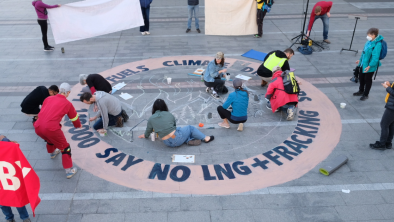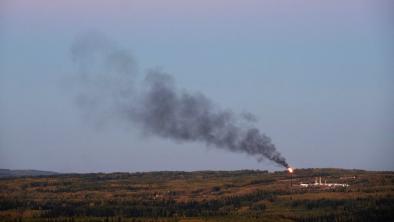B.C.’s Gibraltar mine wants to increase amount of effluent discharged to Fraser River
Sunday, September 27, 2015
Vancouver Sun

Tsilhqot’in opposed, want alternatives and different types of water treatment considered
Taseko Mines Ltd. has applied to the province for a 50-per-cent increase in the water it discharges from its Gibraltar mine waste-storage facility into the Fraser River.
That would reduce the amount of water behind its earth dam, satisfying a recent request from the B.C. government made to all mines after Imperial Metal’s Mount Polley mine tailings dam failure last year.
However, Taseko has run into opposition from the Tsilhqot’in Nation which has concerns the tailings effluent will harm fish, including salmon and sturgeon. Vancouver-based Taseko says the water being released is clean, with less metals in many cases than levels naturally in the Fraser River.
The company expects a decision soon, but the Ministry of Environment said timing is uncertain.
The impasse highlights the difficulties the province has in navigating its effort to decrease effluent and water stored in tailings storage facilities, particularly as legal precedents have increased the requirements to consult and accommodate First Nations.
Holding less water in tailings ponds often means more water containing metals must be released into watercourses.
There is no indication the Gibraltar Mine earth-and-rock dam is at any risk of collapse, according to a third-party government-ordered audit last year.
But the waste storage facility at the copper-molybdenum mine north of Williams Lake now contains more than 60 millions cubic metres of water. The pond includes water from mine processing that contains metals and also run-off from snow and rain, enough to fill 24,000 Olympic sized swimming pools and about six times that stored at the Mount Polley mine when its dam collapsed.
“We are not opposed to development, but is has to be responsible development,” said Tsilhqot’in Nation tribal chairman Joe Alphonse, the chief of the Tl’etinqox. “(Taseko’s) only interest it to make as much money in the cheapest possible way they can do that. So, you need intervention … (to) make sure that they are held to a very high standard.”
The company has applied to increase the amount of water discharged from the tailings facility to 5.4 million cubic metres a year from 3.5 million cubic metres of water. The application is for a temporary increase, but the company wants to be able to make it permanent eventually.
The Tsilhqot’in Nation says it is opposed because the increased discharge will harm its rights and river water quality and increase risks to fish habitat, fish health, and the health of animals such as deer. It will also increase fears among First Nations on using fish from the river, they say.
One of the Tsilhqot’in Nation’s member groups, the Esdilagh, have traditionally fished areas downstream of the discharge point on the Fraser River.
The Tsilhqot’in say they want alternative locations and different types of water treatment to be considered.
Taseko spokesman Brian Battison said that continuing to raise the dam to hold back water, with the level increasing each year, is not sustainable.
Battison said years of testing of the discharge 100 metres downstream has shown no environmental effects. He said stocked rainbow trout have grown to three to five pounds directly in the mine tailings pond.
“The water we have there is clean water,” he said.
In a written response to the The Vancouver Sun, B.C. Environment officials said many metals such as selenium, iron, lead, mercury, and total aluminum are much lower in the discharge than in water already in the Fraser River.
Copper is about equal but some elements in the effluent are greater than naturally in the Fraser River and above water quality guidelines, such as sulphate, nitrite, and molybdenum.
The idea is that the Fraser River would dilute the mine discharge, so water quality guidelines are met 100 metres below the discharge pipe, said the ministry.
“While many of the parameters are lower than the Fraser River, it is important to be clear on the potential impacts of those parameters and their potential effects on the receiving (environment),” said ministry spokesman David Karn.
Photo: A huge truck is loaded with ore for hauling to the mill at an open pit at the Gibraltar mine.


